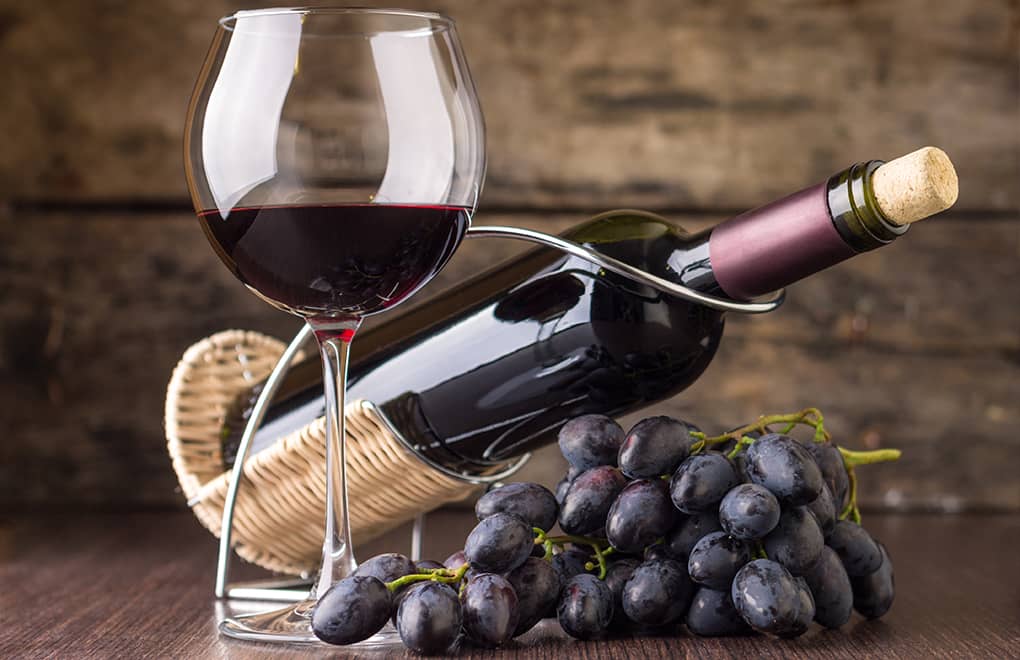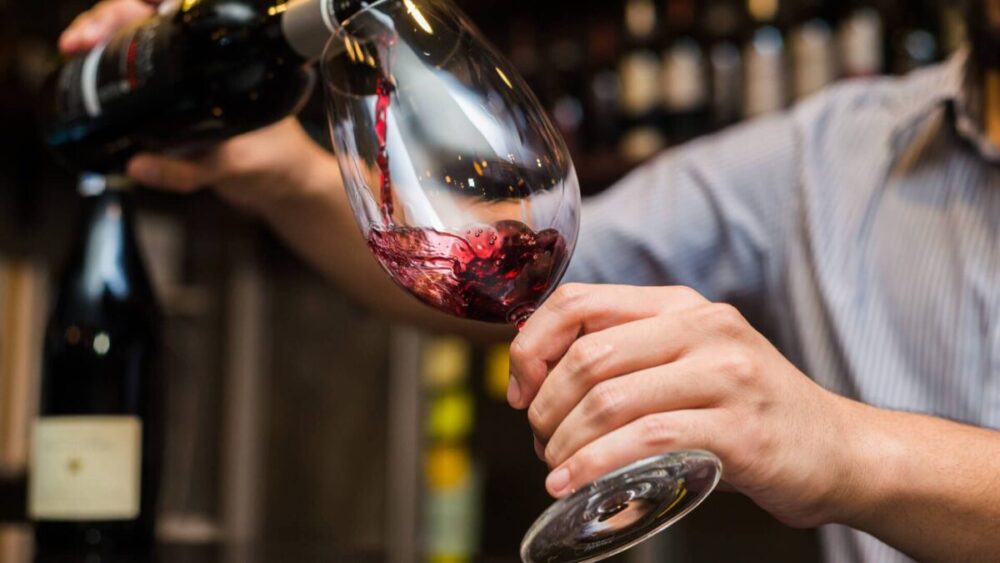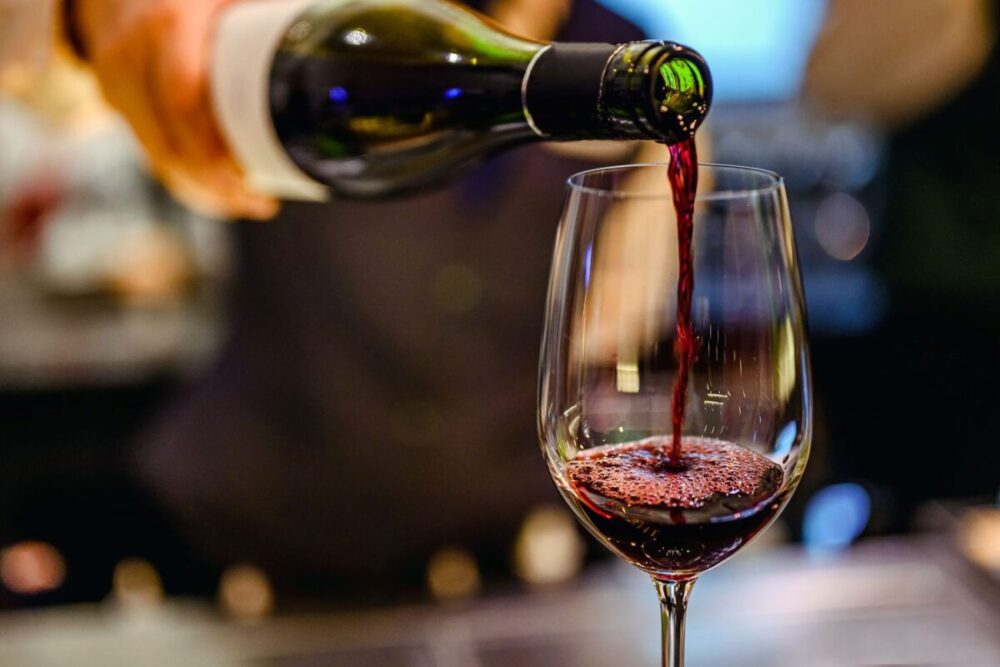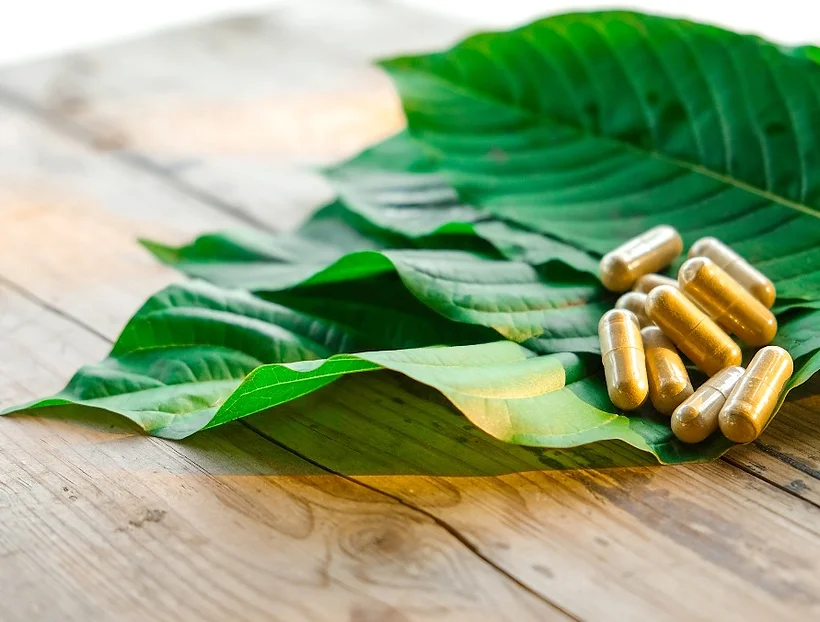Cabernet Sauvignon, often referred to as the “King of Red Wines,” is beloved by wine enthusiasts around the world for its bold flavors and rich complexity. To truly appreciate this regal grape varietal, it’s essential to serve it correctly. In this comprehensive guide, we will delve into the art of serving Cabernet Sauvignon, from glassware selection to ideal serving temperatures and food pairings. Whether you’re a seasoned sommelier or a budding wine lover, these tips will elevate your Cabernet Sauvignon experience.
Choosing the Right Glassware
The journey to enjoying Napa Valley Cabernet Sauvignon starts with the right glass. Opt for a large, tulip-shaped wine glass with a wide bowl and a tapered rim. This design allows for proper aeration, capturing the wine’s aromas and concentrating its flavors. The ample space in the bowl also provides room for swirling, enhancing the wine’s bouquet and overall tasting experience.
Ideal Serving Temperature
The ideal serving temperature is a critical factor in fully appreciating this noble grape varietal. Aim for a range between 60 to 65°F (15 to 18°C) to unlock its true potential. At this sweet spot, the wine’s bouquet blossoms, and its flavors harmonize beautifully.
Serving Cabernet too cold can mute its aromatic complexity and mask its rich character, while serving it too warm may emphasize alcohol and diminish its finesse. Maintaining the correct temperature allows the wine’s bold attributes—like blackcurrant, plum, and subtle earthy notes—to shine.
To achieve this, consider using a wine fridge or allowing the bottle to rest in a cool, dark place before serving. A few degrees can make a world of difference, ensuring it delivers an exquisite tasting experience.
The Importance of Decanting Cabernet Sauvignon

Decanting Cabernet Sauvignon is a transformative ritual that should not be skipped. Pour the wine into a decanter, allowing it to breathe for at least 30 minutes before serving. This process helps to soften harsh tannins and allows the wine to unfurl its complexities. It’s particularly beneficial for young Cabernets, enhancing their aromatic profile and making them more approachable.
Properly Storing Before Serving
Before you even think about serving, proper storage is crucial. Keep your bottles horizontally in a cool, dark, and humid wine cellar or wine fridge. This orientation keeps the cork moist, preventing unwanted oxidation. Avoid storing your bottles upright, as it can lead to cork drying and spoilage. Ensure a consistent temperature and humidity level to preserve the wine’s integrity until it’s time to uncork.
Pairing with Complementary Foods
Pairing it with complementary foods is an art that enhances both the wine and your dining experience. Its robust character makes it an excellent companion to hearty dishes, and it particularly shines with Napa Valley Cabernet Sauvignon. Consider grilled steaks, lamb chops, or even a juicy burger. The wine’s bold tannins cut through the richness of these meats, creating a harmonious balance.
For a sophisticated pairing, serve it with aged cheeses like cheddar or gouda, allowing the wine’s dark fruit notes to play off the creamy textures. Dark chocolate, with its deep flavors, can also be a delightful dessert choice. The interplay of fruitiness and the chocolate’s richness creates a memorable finale to your meal. With thoughtful pairing, it elevates not just the flavors on your plate but the overall dining experience.
The Art of Aerating Before Drinking

The art of aerating it before drinking is a vital step in unlocking its full potential. When you gently swirl this bold red in your glass, you’re not just showcasing your expertise; you’re allowing the wine to breathe. As the wine mingles with the air, its complex aromas intensify, revealing layers of dark fruit, spices, and subtle nuances.
Aerating softens the tannins, making them smoother and more approachable. It’s a transformative process that enhances your overall tasting experience, bringing out the true character. So, take your time, savor the dance of aromas, and relish the anticipation as it opens up, inviting you to indulge in its rich and intricate flavors.
Understanding the Aging Potential
This wine is known for its aging potential. The vino often evolves and improves with time, developing more profound flavors and greater finesse. If you have a bottle with aging potential, consider cellaring it for several years, allowing it to mature gracefully. Keep in mind that not all Cabernets are meant for long-term aging, so it’s essential to research the specific bottle’s aging recommendations.
Tips for Serving at Wine Tastings
When hosting tastings, serving can be a highlight of the event. To ensure your guests have a memorable experience, offer a variety of vintages to showcase the diversity. Provide tasting notes and information about the origin and making process to enrich the experience. Encourage guests to compare and contrast different Cabernets, emphasizing the impact of aging, terroir, and making styles.
Handling Leftovers for Future Enjoyment

Handling leftovers with care ensures you can continue to savor their flavors in the days to come. When you find yourself with an unfinished bottle, reseal it tightly with a wine stopper to limit exposure to oxygen. Then, store it in the refrigerator to slow down oxidation.
Keep in mind that freshness diminishes quickly once opened. While it won’t maintain its peak quality for long, it can still offer enjoyable sips for a day or two. When you’re ready to enjoy it again, let it come to a slightly cooler-than-room temperature to awaken its flavors.
Alternatively, invest in preservation systems like vacuum pumps to extend the drinkability. These measures ensure that your Cabernet Sauvignon remains a delightful treat for future moments of relaxation and indulgence.
Conclusion with a Recap of Key Cabernet Serving Tips
In conclusion, serving Cabernet Sauvignon is an art that enhances the appreciation of this esteemed wine. From selecting the right glassware and serving temperature to decanting, proper storage, and food pairings, these tips are essential for unlocking the full potential. Whether you’re enjoying it on your own or sharing it with friends at a tasting, the knowledge and techniques you’ve gained will undoubtedly elevate your experience. So, pour a glass, savor the aromas, and let the robust flavors transport you to a world of vinous delight. Cheers!





